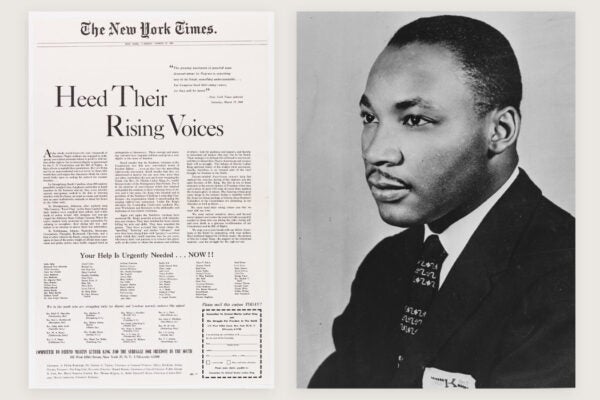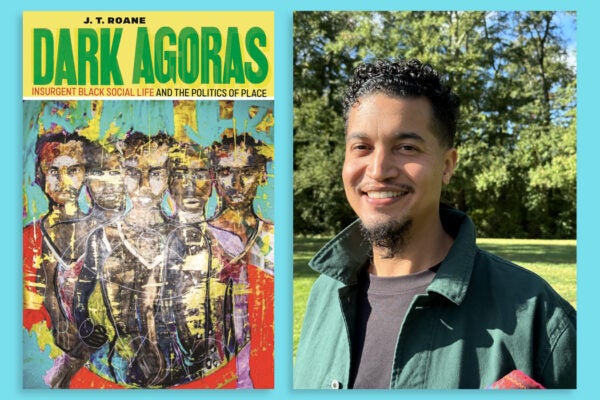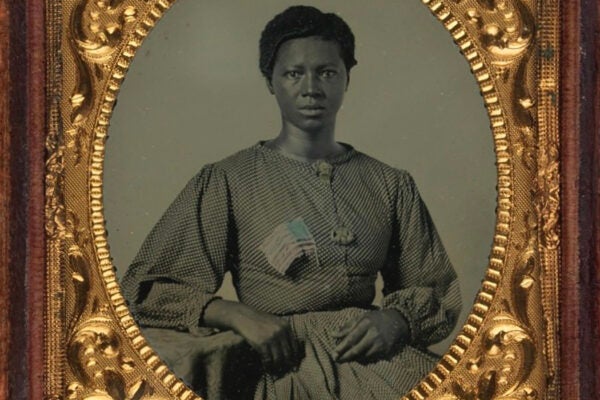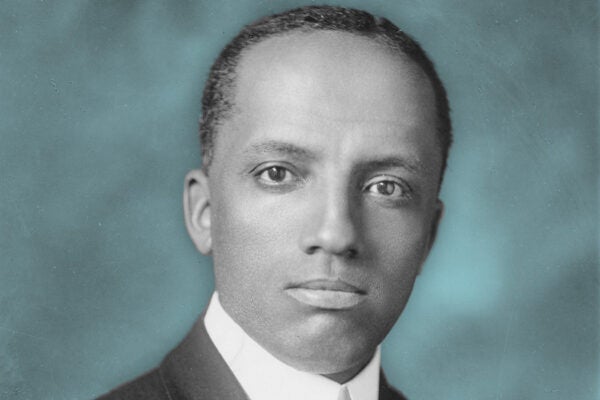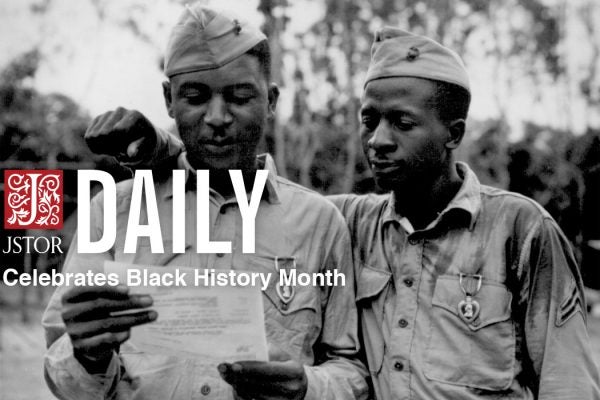Going “Black to the Future”
How has Afrofuturism supported the imagining of other worlds in the face of the anthropogenic climate crisis?
The Accordion Blues
Though many associate the accordion with polkas and klezmer, the instrument played an important role in Black music after its arrival in the United States.
Suppressing the Black Vote in 1811
As more Black men gained the right to vote in New York, the state began to change its laws to reduce their power or disenfranchise them completely.
“Heed Their Rising Voices”: Annotated
In 1960, an ad placed in the New York Times to defend Dr. Martin Luther King, Jr. and other civil rights activists touched off a landmark libel suit.
Black Women Were Also Lynched
A case study of the 1912 lynching of Mary Jackson in Harrison County, Texas, provides insight into the contradictory culture of racial violence.
Historian J.T. Roane Explores Black Ecologies
Considerations of climate change and environmentalism have for too long paid no mind to where Black people live and in what conditions.
Self Care and Community in 1901 Indianapolis
For Black women engaged with local institutions, the “Delsarte” technique was a means of supporting struggling city residents while advancing political power.
Home Front: Black Women Unionists in the Confederacy
The resistance and unionism of enslaved and freed Black women in the midst of the Confederacy is an epic story of sacrifice for nation and citizenship.
Museum Roots
The founders of Black American museums in the post-World War II era were all shaped by Carter G. Woodson’s “Negro Canon” of history and art.
Celebrating Black History Month
JSTOR Daily editors pick their favorite stories for Black History Month.



